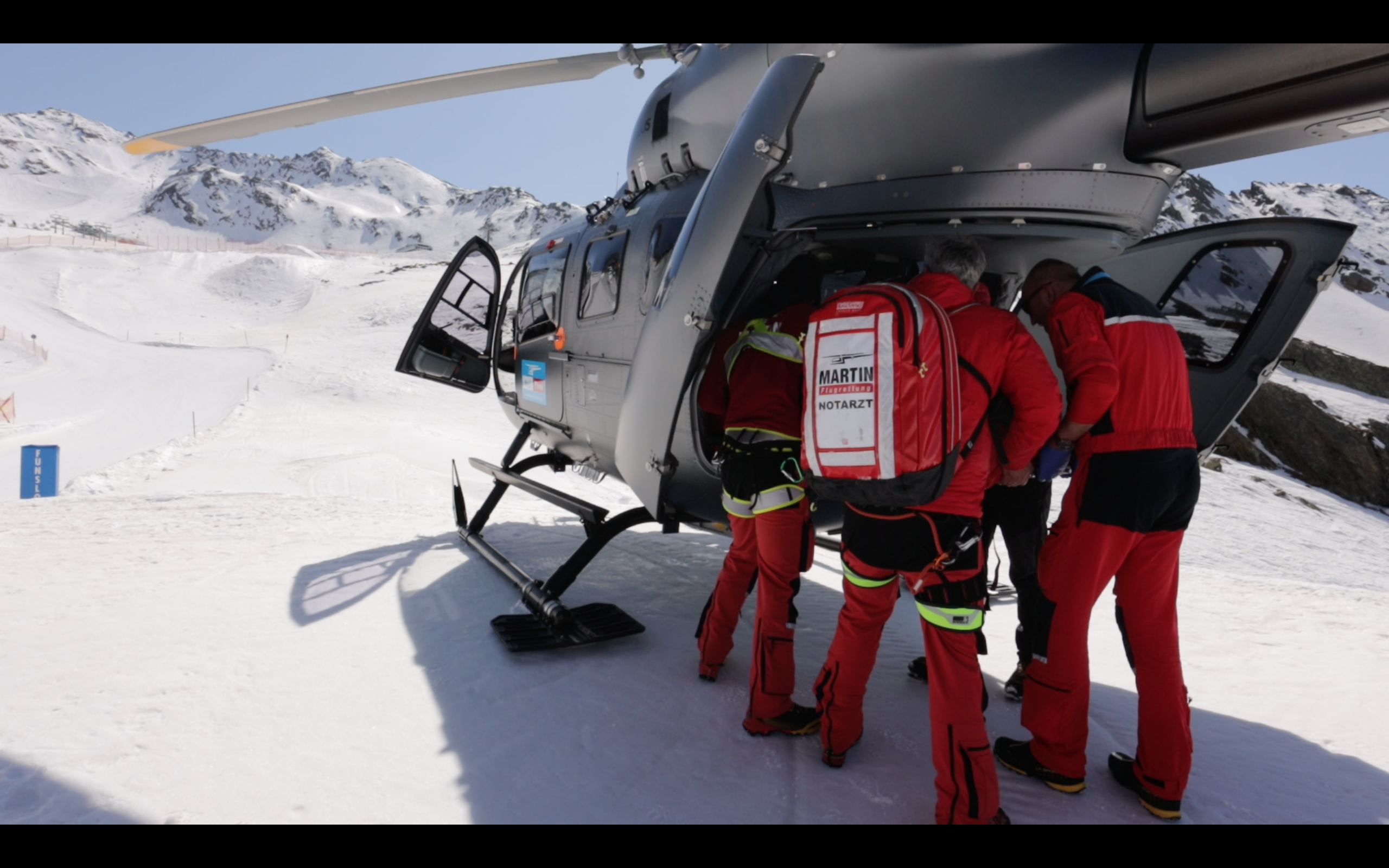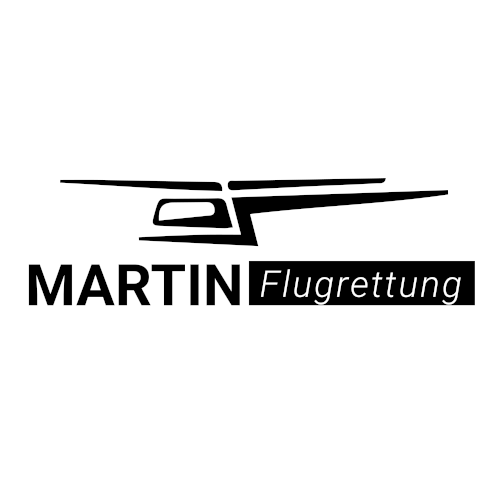
In alpine emergency medicine, work is often carried out under extreme climatic conditions. Very low temperatures and strong wind conditions pose special challenges for mountain rescue workers – especially when it comes to recording vital parameters of injured persons and initiating medical measures as efficiently as possible. In addition to external factors, physical reactions (e.g. hypothermia, circulatory arrest or shock) often make measurements of body temperature and other vital signs unreliable or not possible.
The vital signs of patients in rescue situations are critical to their survival and recovery. Despite advancements in medical technology, there are still significant gaps in the monitoring of these vital signs, particularly in the case of centralized patients. Here, the cosinuss° technology already provides a decisive advantage over existing systems through the measurement location alone1 2 3.
The cosinuss° monitoring technology was thoroughly tested by physicians of the Martin Air Rescue organization. It was used alongside the existing technology in real rescue situations and was found to be as reliable as the reference. Further, it was superior to existing standards in regard to handling, lightweight and suitability for hoist and human external cargo procedures.
“Especially in mountain rescue the weight of the equipment plays a decisive role. A normal defibrillation and monitoring device weighs several kilograms. With the 6.5 grams in-ear sensor, it is already possible to display most of the important vital parameters on a monitor, even during transports in impassable terrain, such as avalanche rescue, crevasse rescue or on the high seas. I can therefore no longer imagine a monitoring system without cosinuss° in the field of ‘wilderness medicine.’” – Dr. Boris Buck, specialist in general medicine and medical coordinator of “Martin Flugrettung”.
Outlook
First aid and transport of patients
In the future, sensors worn in the ear could be used to non-invasively, quickly and reliably record the vital signs of injured persons on site and transmit them to the responsible hospital via mobile data transmission. This remote medical monitoring can enable medically necessary measures to be initiated in a data-supported and much more efficient manner compared to standard techniques.
First aid
Transport
Handover and transfer of patients
Through the research project, the initiators expect a significant gain in knowledge that will have an impact on improving alpine (emergency) medicine. Based on the data and insights gained, a sensor-based technology platform can be created that combines modern performance diagnostics and telemedicine.
Handover
Transfer


cosinuss° Health is currently undergoing the approval process in accordance with the Medical Device Regulation (MDR) of the European Union. Expected approval as a Class IIa medical device: 2024.
Quellen / References
- Budidha, K. & Kyriacou, P. A. (2014). The human ear canal: investigation of its suitability for monitoring photoplethysmographs and arterial oxygen saturation. Physiological Measurement, 35(2), pp. 111-128. doi: 10.1088/0967-3334/35/2/111.
- Davies, Harry J., Ian Williams, Nicholas S. Peters, and Danilo P. Mandic. 2020. “In-Ear SpO2: A Tool for Wearable, Unobtrusive Monitoring of Core Blood Oxygen Saturation” Sensors 20, no. 17: 4879. https://doi.org/10.3390/s20174879
- Venema, B.; Blanik, N.; Blazek, V.; Gehring, H.; Opp, A.; Leonhardt, S. (2012). Advances in Reflective Oxygen Saturation Monitoring With a Novel In-Ear Sensor System: Results of a Human Hypoxia Study. , 59(7), 1–1. doi:10.1109/tbme.2012.2196276